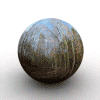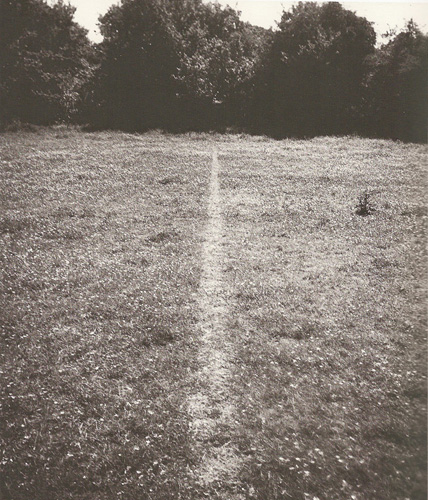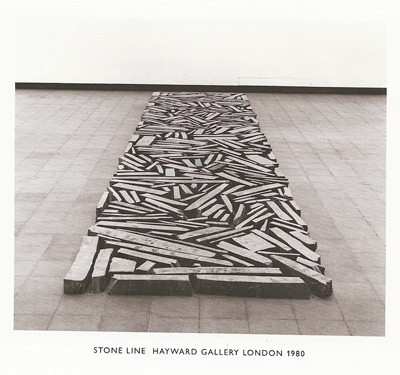Project 3
Research
Pat Kelley was a former professor here at St. Mary’s College of Maryland. It was through the presentation of his work that I first recognized that a flipbook could be art. I had previous experience with flipbooks but always as a novelty, not as a vehicle to pursue a visual concept. Kelley’s flipbooks serve to create handheld animations of his larger scale artwork and ideas. I am personally not only interested in his use of the objects themselves, but also his presentation of them online. On his website, the link to view his flipbooks takes the viewer to a webpage that features the individual books and a link to purchase one. The flipbooks are clearly considered a commodity based off of their presentation as items for sale. To me, this makes the point that these books are made to be experienced personally—actually thumbed through and touched.
There is another page on the website that features videos of older flipbooks that Kelley had made. Instead of only having videos of the animation, these videos are of hands flipping through the books. I am personally more interested in this representation of the books because it emphasizes their object like quality and allows me to understand the physicality of them in reality. I am most interested in the idea of flipbooks as objects that must be interacted with personally in order to view them. When I create my web component to my work I intend to make videos more on this side of Kelley’s work with the hands actually flipping the books.
I also noticed that some of the books are only bound with binder clips. I think it would be interesting for me to make both a nicely bound collection of flipbooks for my concept of a catalogue of items, but to also make quicker versions that could be left around campus. In this way, people would be coming across two objects, the object I had collected and documented, as well as the book itself which they could then keep and collect. This increases my idea of collection to being not just my own, but allowing others to take part in their own desire to collect.
http://www.chronopsis.com/oldflipbooks/

I was actually introduced to the British artist Richard Long by Pat Kelley when I took Digital Imaging with him in Fall of 2008. Long is now one of my source artists for my SMP. He is not a digital artist but I felt he would be a useful reference for me as I work on this last project. Long creates artwork by walking in nature and then manipulating objects in the landscape or collecting them and placing them in a gallery setting. His work is personal because it is about his body and its interaction with the landscape, an example of which is A Line Made by Walking (1967) in which walking is used as a medium to draw onto the land.
For this project I am most interested with Long’s collection of materials and relocation of them into the gallery for others to view and interact with (which they most likely would not have seen in nature). My interest in this concept relates to my own collection of objects in nature which will be my subject and focus for this project. I am then placing them into a new context through my use of the flipbook. The book will then be a further way for my viewers to interact with the work, just as Long is re-contextualizing objects that most people would not notice, such as a rock or twig.
There is also a strong connection to place in Long’s artwork. He clearly tells where his photographs are taken of his sculptures and uses local materials. This sense of place is also important to this work because the flipbook is not only about the object within it (say a piece of coral) but it is also about the time and location in which I collected it. Wallis, Clarrie. Richard Long: Heaven and Earth. London: Tate Pub., 2009.

A Line Made by Walking (1967)
